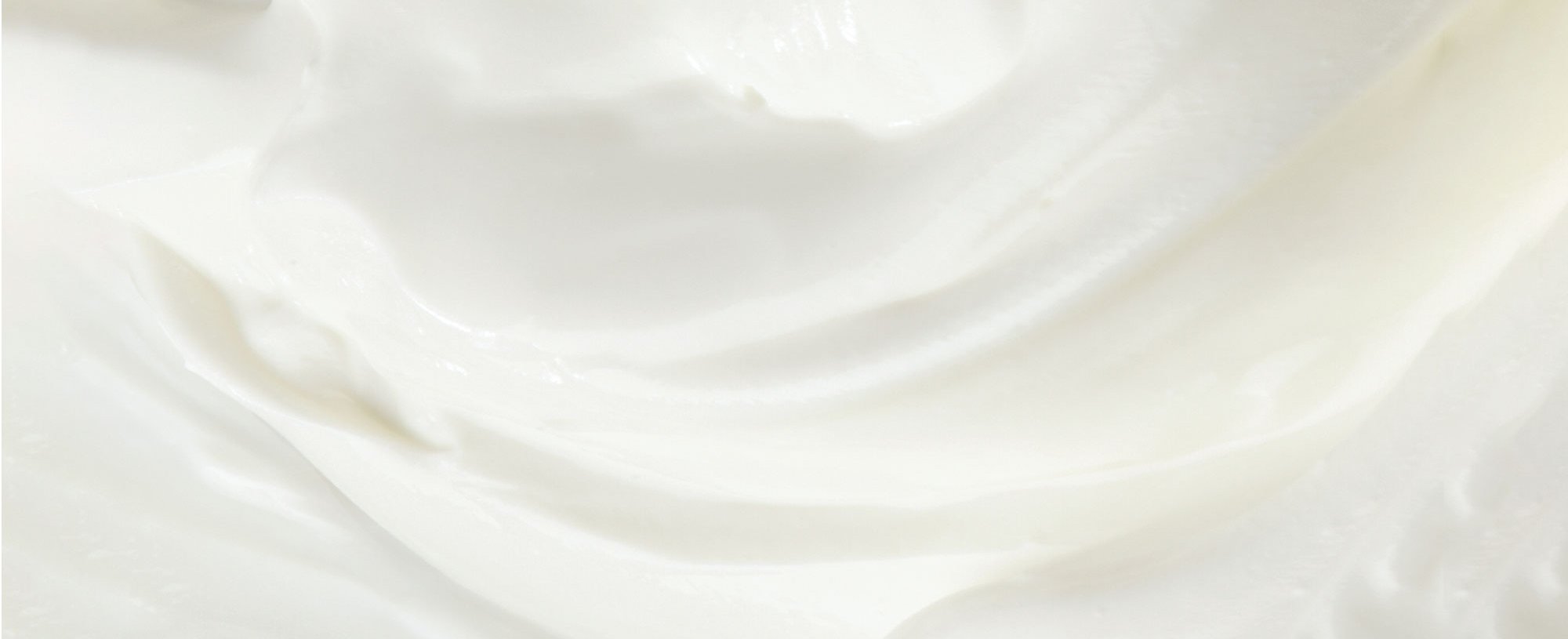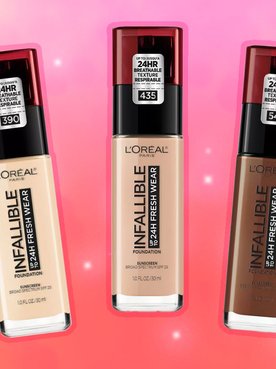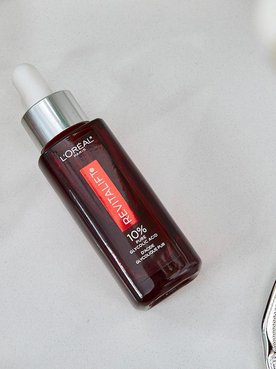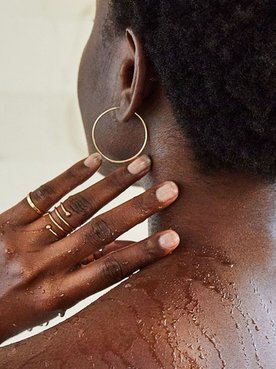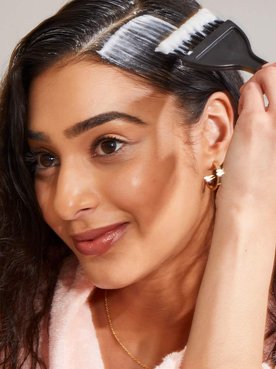Face masks are awesome: You slather one on, relax for 10-15 minutes, and then wash it all off to reveal a looks-like-I-just-got-back-from-the-spa glow. Ahhh. But sometimes, a single face mask isn’t enough to suit all of your needs. And that’s especially true if you have combination skin. When you’re oily in some areas and dry in others, one face mask may not fit all your skin’s needs. Enter multi-masking, the art of using multiple face masks at once to address various complexion concerns. Here’s how to add multiple face masks to your skin care routine, along with the skin care products you already use, like facial cleanser, moisturizer, dark spot corrector, and eye cream.
WHAT IS COMBINATION SKIN?
Real talk: Combination skin can be tricky. According to the American Academy of Dermatology, most combination skin types experience oiliness in the T-zone area (the central part of your face, including your forehead, nose, and chin). That’s because your skin’s oil-producing glands are more highly concentrated there. This can make your T-zone look shinier than the rest of your face. Fun. But that’s not all! If you have combination skin, you may notice that your nose and chin appear rough or dull, thanks to a buildup of dead skin cells on those parts of your face. And on top of that, your cheeks and the skin around your eyes could be drier than the rest of your face if you have combination skin, since these areas generally have less oil-producing glands than your T-zone. Which leads us to…
WHAT IS MULTI-MASKING?
Multi-masking is exactly what it sounds like: The technique entails applying different face masks to different areas of your face—at the same time—to target specific skin concerns. Hence why it’s worth trying if you’re someone with combination skin. For example, you may want to apply a mattifying clay face mask to the oilier parts of your face, a hydrating clay face mask to the drier areas, and a refining clay face mask to any rough parts. This makes a whole lot more sense than applying one face mask all over if you’ve got combination skin, right? And regardless of your skin type, you should pay attention to your neck and chest, too. Since the skin on this part of your body is prone to showing signs of aging, consider using a hydrating clay face mask here as part of your multi-masking skin care routine.
HOW Do You Add FACE MASKS to Your Skin Care Routine?
Want to give multi-masking a go? It’s easier than ever! Mix and match the following face masks according to your needs:
If you’re concerned about rough skin and clogged pores…use the L’Oréal Paris Pure-Clay Exfoliate & Refining Face Mask. Formulated with pure clays and red algae extract to help exfoliate dead skin cells from skin’s surface, this face mask also lifts away dirt and oil from clogged pores. The end result is a polished, smooth-looking complexion. After you’re done, your skin texture will appear refined and pores will look minimized.
Where to apply it: Any areas of skin that you experience a buildup of dead skin cells.
If you’re concerned about dull, tired skin…use the L’Oréal Paris Pure-Clay Detox & Brighten Face Mask. This face mask formula with pure clays and charcoal acts like a magnet to unclog pores, drawing out impurities like dirt, oil, and pollution from skin’s surface. The creamy, non-drying formula helps leave your skin looking noticeably brighter and feeling clean and velvety-smooth. Your complexion will also look more even.
Where to apply it: Any areas of skin where you are bothered by clogged pores.
If you’re concerned about clogged pores…use the L’Oréal Paris Pure-Clay Purify & Mattify Face Mask. The formula with pure clays and eucalyptus helps to remove dirt and oil and unclog pores. This face mask helps mattify the appearance of your skin, making it look less shiny, too. It also reduces excess oil on skin’s surface and makes pores look tightened and less visible—all without over-drying.
Where to apply it: Any areas of skin where you experience excess oil and shine.
If you’re concerned about congested pores and stressed skin…use the L’Oréal Paris Pure-Clay Clear & Comfort Face Mask. Formulated with pure clays and seaweed, this face mask helps draw out build-up of impurities, dirt, and oils, visibly reduce the appearance of imperfections, clear the look of congested pores, and gently cleanse skin. When you’re finished, skin is not only clean but refreshed and comfortable.
Where to apply it: Any areas of the skin that are stressed.
If you’re concerned about rough texture and uneven tone…use the L’Oréal Paris Pure-Clay Clarify & Smooth Face Mask. The face mask formula with pure clays and yuzu lemon extract helps shed rough, dead skin cells from skin’s surface, clarify tone, and improve skin texture. Rinse off to reveal skin left with a clean glow.
Where to apply it: Any areas of the skin that are uneven with roughness and imperfections.
How Do You Use a Face Mask to Multi-Mask?
To use any of the above face masks to your skin care routine, apply an even layer onto dry skin, leave on for 10 to 15 minutes, then wash off thoroughly with lukewarm water. (Just remember: Avoid your eye and lip area—they’re delicate!) For best results, use 2-3 times a week (and be sure to follow up with a moisturizer post-face mask.) Now that’s how you treat combination skin right.
Next up: 5 Makeup Tips for Combination Skin.
